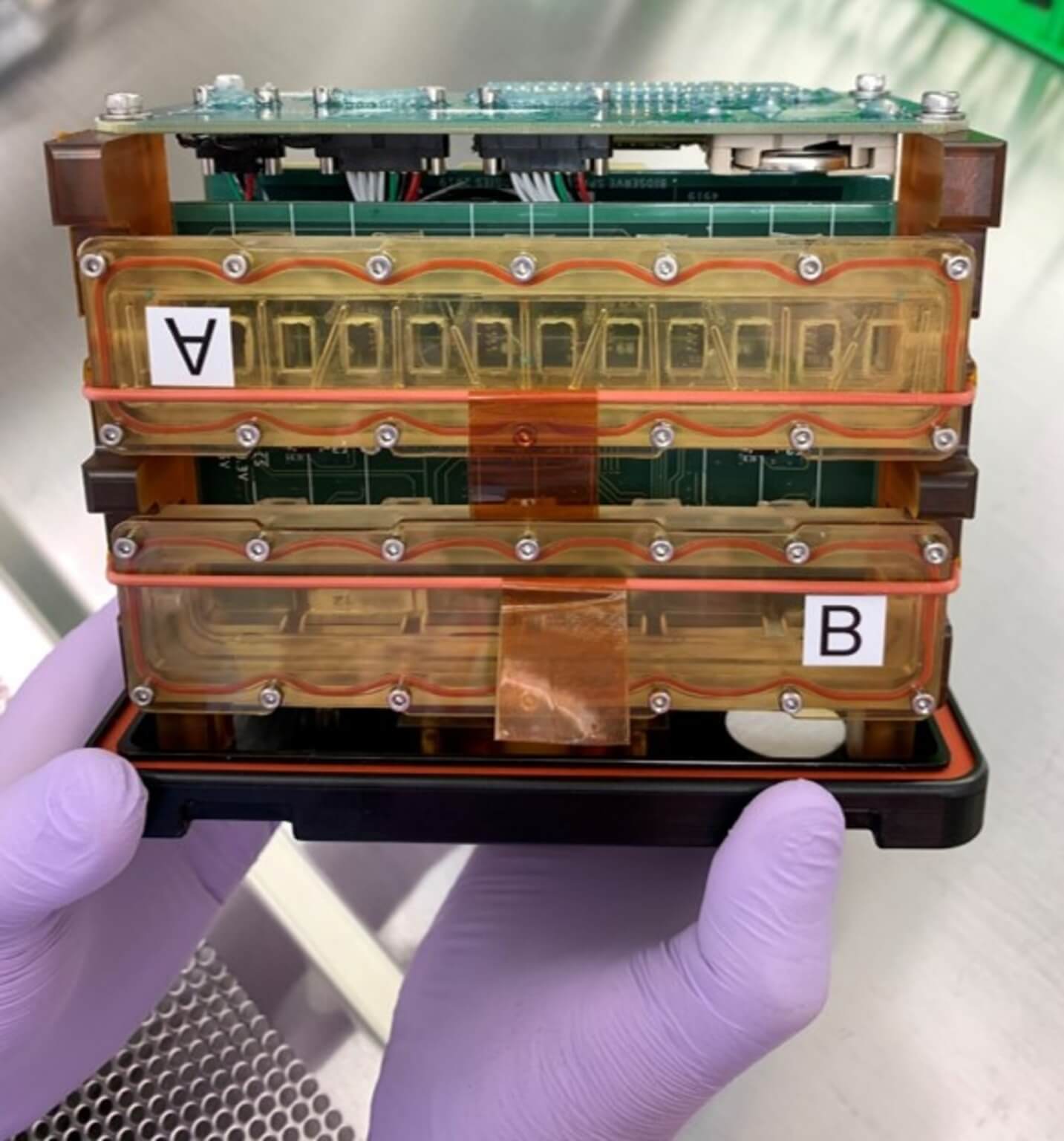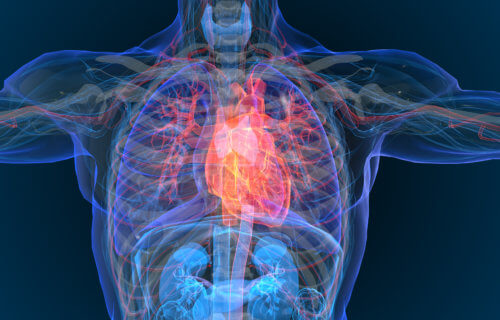BALTIMORE — Micro-engineered hearts were sent to space in a new set of biological experiments. The research is part of a collaboration between NASA and John Hopkins Medicine to study aging and how a person’s heart is affected by long space flights under low gravity conditions.
The tissues were launched into space through SpaceX CRS-27, a resupply mission to the International Space Station on March 14 at NASA’s Kennedy Space Center in Florida. Scientists will use their human heart “tissue-on-a-chip” specimens to monitor for changes in the energy levels of heart muscle cells. Astronauts on the flight will also use three FDA-approved medicines on the samples to prevent any changes in heart cells that are suspected to occur during long space voyages.
“It’s possible that what we learn from these experiments in space could also inform how we treat age-related cardiac problems,” says Deok-Ho Kim, Ph.D., a professor of biomedical engineering at the Johns Hopkins University School of Medicine in a statement..Past astronomers have reported heart problems with the changes looking similar to an aging heart muscle.
The human heart tissue-on-a-chip was created in a lab using human induced pluripotent stem cells. Stem cells have the ability to become nearly any type of cell, and with a bit of nudging, engineers pushed the stem cells into becoming beating heart muscle cells.

Heart muscle cells, also known as cardiomyocytes, create tissue that can be strung between a flexible and stiff post. The flexible post has an embedded magnet and when it is placed over sensors it collects information on tissue contraction. The chamber surrounding the tissue is sealed so that liquid media feeding the tissue does not float away in space. These tissue chambers are loaded into place habitats with magnetic sensors under the tissue. The experimental payload contains two plate habitats measuring about 7 inches long, 5 inches tall, and 4 inches wide.
Kim along with his colleagues has had success in studying heart tissue in space. They sent over a heart in March 2020 where they demonstrated the effects of microgravity. The heart tissue cells showed signs of altered mitochondria and changes to how heart tissue contracts.
With the new micro-engineered human heart tissue-on-a-chip, the engineers can closely monitor the proteins that turn on when heart tissue experiences inflammation and when the mitochondria are not working properly. They will also check to see if any of the three FDA-approved medications can weaken space’s effects on heart cells.

Maybe it’s really a heart or blood vessel disease.